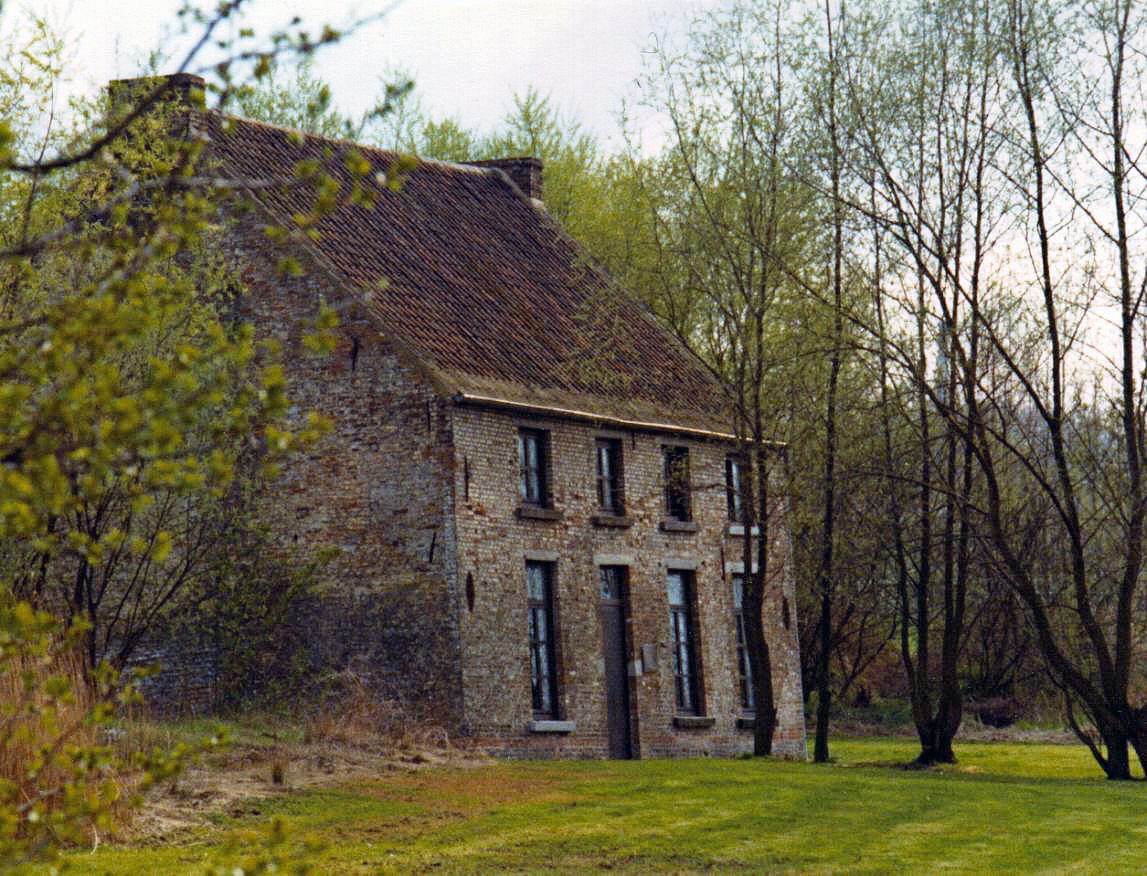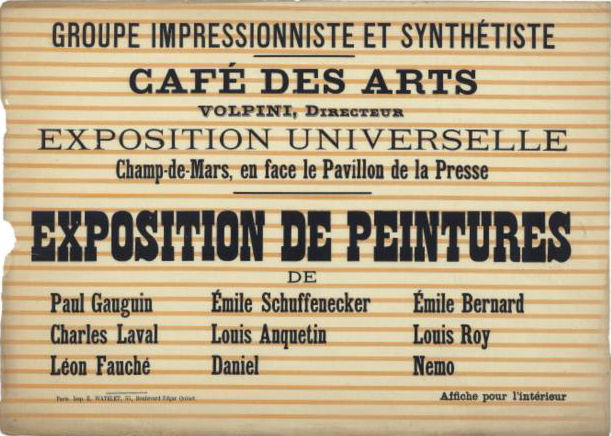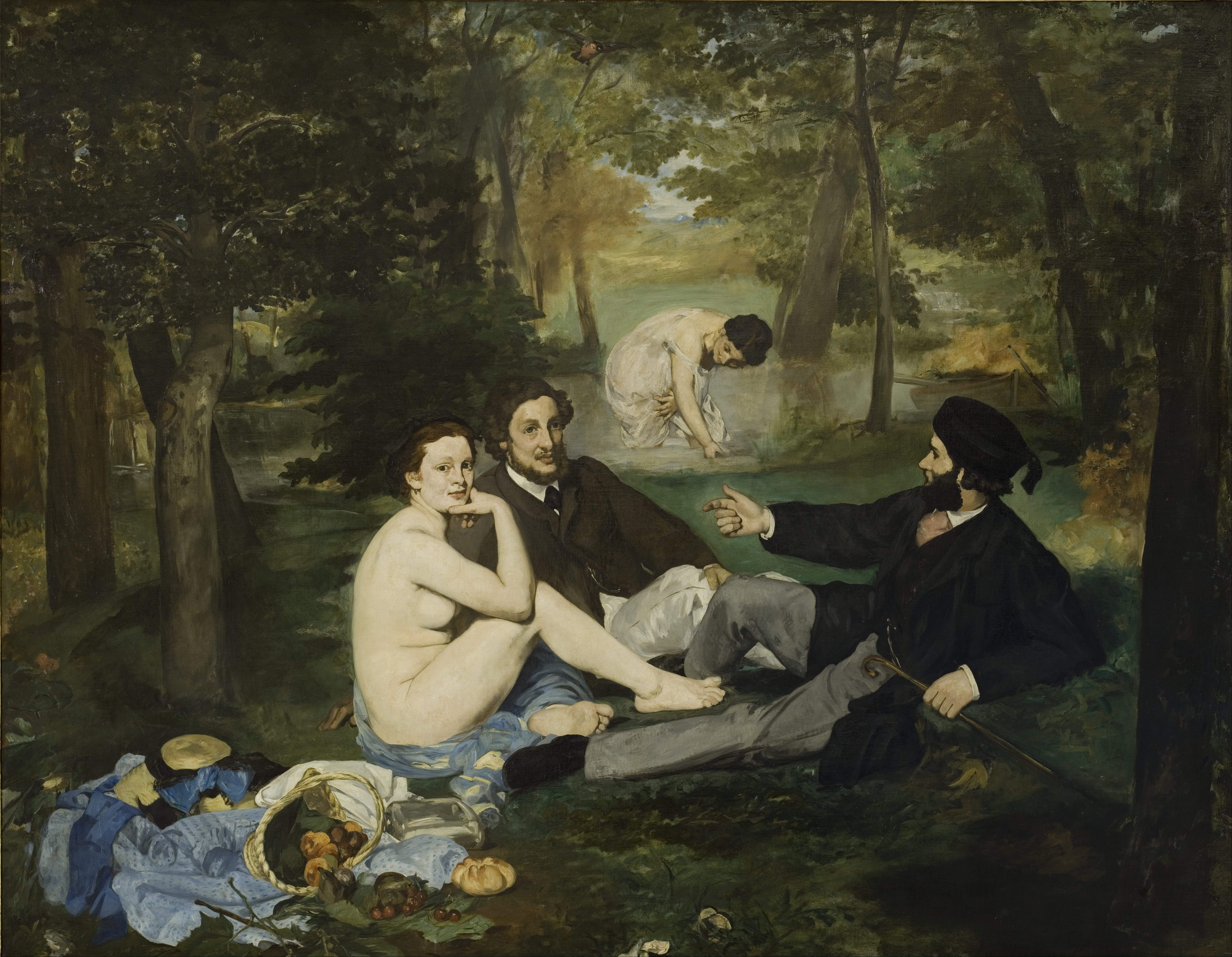|
─Éuro Tiljak
─Éuro Tiljak (1895ŌĆō1965) was a Croatian artist, writer and teacher. He graduated from the Academy of Fine Arts in Zagreb, and studied for some time in Moscow with Wassily Kandinsky. During the 1930s, he was editor of the journal "Culture" (''Kultura'') and "Writer" (''Knji┼Ševnik'') magazine. For many years he was a professor at the Academy of Fine Arts in Zagreb. He was a member of the Croatian Academy of Sciences and Arts. Biography ─Éuro Tiljak was born 21 March 1895 in Zagreb. He began his art studies in Zagreb at the College of Arts and Crafts, later to become the Academy of Fine Arts. His teachers there included Oton Ivekovi─ć and Ljubo Babi─ć. In 1919, he spent some months in Moscow, studying with Wassily Kandinsky, returning to Zagreb to complete his degree in 1923. In order to pay back his scholarship, he took up teaching posts in schools. During the 1930s, Tiljak travelled down the Dalmatian coast in search of inspiration, and visited the island of Vis. In Decembe ... [...More Info...] [...Related Items...] OR: [Wikipedia] [Google] [Baidu] |
Zagreb
Zagreb ( ) is the capital (political), capital and List of cities and towns in Croatia#List of cities and towns, largest city of Croatia. It is in the Northern Croatia, north of the country, along the Sava river, at the southern slopes of the Medvednica mountain. Zagreb stands near the international border between Croatia and Slovenia at an elevation of approximately above mean sea level, above sea level. At the 2021 census, the city itself had a population of 767,131, while the population of Zagreb metropolitan area is 1,086,528. The oldest settlement in the vicinity of the city was the Roman Andautonia, in today's ┼Ā─ćitarjevo. The historical record of the name "Zagreb" dates from 1134, in reference to the foundation of the settlement at Kaptol, Zagreb, Kaptol in 1094. Zagreb became a free royal city in 1242. In 1851, Janko Kamauf became Zagreb's List of mayors of Zagreb, first mayor. Zagreb has special status as a Administrative divisions of Croatia, Croatian administrative ... [...More Info...] [...Related Items...] OR: [Wikipedia] [Google] [Baidu] |
1895 Births
Events January * January 5 – Dreyfus affair: French officer Alfred Dreyfus is stripped of his army rank and sentenced to life imprisonment on Devil's Island (off French Guiana) on what is much later admitted to be a false charge of treason. * January 6 – The Wilcox rebellion, an attempt led by Robert Wilcox to overthrow the Republic of Hawaii and restore the Kingdom of Hawaii, begins with royalist troops landing at Waikiki Beach in O'ahu and clashing with republican defenders. The rebellion ends after three days and the remaining 190 royalists are taken prisoners of war. * January 12 – Britain's National Trust for Places of Historic Interest or Natural Beauty is founded by Octavia Hill, Robert Hunter and Canon Hardwicke Rawnsley. * January 13 – First Italo-Ethiopian War: Battle of Coatit – Italian forces defeat the Ethiopians. * January 15 – A warehouse fire and dynamite explosion kills 57 people, including 13 firefighters in Butt ... [...More Info...] [...Related Items...] OR: [Wikipedia] [Google] [Baidu] |
Members Of The Croatian Academy Of Sciences And Arts
Member may refer to: * Military jury, referred to as "Members" in military jargon * Element (mathematics), an object that belongs to a mathematical set * In object-oriented programming, a member of a class ** Field (computer science), entries in a database ** Member variable, a variable that is associated with a specific object * Limb (anatomy), an appendage of the human or animal body ** Euphemism for penis * Structural component of a truss, connected by nodes * User (computing), a person making use of a computing service, especially on the Internet * Member (geology), a component of a geological formation * Member of parliament * The Members, a British punk rock band * Meronymy, a semantic relationship in linguistics * Church membership, belonging to a local Christian congregation, a Christian denomination and the universal Church * Member, a participant in a club or learned society A learned society ( ; also scholarly, intellectual, or academic society) is an organizatio ... [...More Info...] [...Related Items...] OR: [Wikipedia] [Google] [Baidu] |
Croatian Painters
Croatian may refer to: *Croatia *Croatian language *Croatian people *Croatians (demonym) See also * * * Croatan (other) * Croatia (other) * Croatoan (other) * Hrvatski (other) * Hrvatsko (other) * Serbo-Croatian (other) Serbo-Croatian, Croato-Serbian, Serbo-Croat or Croato-Serb, refers to a South Slavic language that is the primary language of Serbia, Croatia, Bosnia and Herzegovina, and Montenegro, as well as a minority language in Kosovo Kosovo, officiall ... {{disambiguation Language and nationality disambiguation pages ... [...More Info...] [...Related Items...] OR: [Wikipedia] [Google] [Baidu] |
Museum Of Contemporary Art, Zagreb
The Museum of Contemporary Art (, often abbreviated to MSU) is a contemporary art art museum, museum located on Dubrovnik Avenue in Zagreb, Croatia. It is the biggest and most modern museum in the country. Vesna Me┼Ītri─ć is current director of MSU, replacing Zdenka Badovinac in late 2023 first temporarily and as of 2024 officially. History The museum traces its origins from the ''City Gallery of Contemporary Art'' which was established in 1954. The gallery was located at the Kulmer Palace in the Gornji Grad ŌĆō Medve┼Ī─Źak, Upper Town area and also housed the ''Center for Photography, Film and Television'' and a museum library. Due to lack of space the original museum never had a permanent display. Architecture In 1998, a decision was made to move the museum to a brand new building on the corner of Dubrovnik and Ve─ćeslav Holjevac avenues in Novi Zagreb ŌĆō istok, Novi Zagreb district. A competition for the building's design was held, and architect Igor Frani─ć's design was ... [...More Info...] [...Related Items...] OR: [Wikipedia] [Google] [Baidu] |
Komi┼Ša
Komi┼Ša () is a Croatian coastal town lying on the western coast of the Vis (island), island of Vis in the central part of the Adriatic Sea. Komi┼Ša is located at the foot of the Hum hill (587 m). Town has a Mediterranean climate. The economy is based on farming, winemaking, fishing and fish processing, seafaring, and, in recent times, tourism. The fishermen are noted for their Falku┼Īa vessels. Komi┼Ša has two roads that connect it with the town of Vis (town), Vis, the only town being connected with Split (city), Split by ferry line — they are the D117 (Croatia), D117 state road and a county road. General information Situated in a deep bay, whose eastern shore abounds with large pebble beaches (Kamenica, Gusarica, Nova Po┼Īta, Velo ┼Įalo), Komi┼Ša offers excellent visitor opportunities: quality accommodations (hotels and apartments), and a number of cultural and historic sites, monasteries and fortresses. It is known for its fishermen. Sports and recreational facilitie ... [...More Info...] [...Related Items...] OR: [Wikipedia] [Google] [Baidu] |
Matisse
Henri ├ēmile Beno├«t Matisse (; 31 December 1869 ŌĆō 3 November 1954) was a French visual arts, visual artist, known for both his use of colour and his fluid and original draughtsmanship. He was a drawing, draughtsman, printmaking, printmaker, and sculpture, sculptor, but is known primarily as a painter. Matisse is commonly regarded, along with Pablo Picasso, as one of the artists who best helped to define the revolutionary developments in the visual arts throughout the opening decades of the twentieth century, responsible for significant developments in painting and sculpture. The intense colourism of the works he painted between 1900 and 1905 brought him notoriety as one of the Fauvism, Fauves (French language, French for "wild beasts"). Many of his finest works were created in the decade or so after 1906, when he developed a rigorous style that emphasized flattened forms and decorative pattern. In 1917, he relocated to a suburb of Nice on the French Riviera, and the more re ... [...More Info...] [...Related Items...] OR: [Wikipedia] [Google] [Baidu] |
Van Gogh
Vincent Willem van Gogh (; 30 March 185329 July 1890) was a Dutch Post-Impressionist painter who is among the most famous and influential figures in the history of Western art. In just over a decade, he created approximately 2,100 artworks, including around 860 oil paintings, most of them in the last two years of his life. His oeuvre includes landscapes, still lifes, portraits, and self-portraits, most of which are characterised by bold colours and dramatic brushwork that contributed to the rise of expressionism in modern art. Van Gogh's work was only beginning to gain critical attention before he died from a self-inflicted gunshot at age 37. During his lifetime, only one of Van Gogh's paintings, '' The Red Vineyard'', was sold. Born into an upper-middle-class family, Van Gogh drew as a child and was serious, quiet and thoughtful, but showed signs of mental instability. As a young man, he worked as an art dealer, often travelling, but became depressed after he was ... [...More Info...] [...Related Items...] OR: [Wikipedia] [Google] [Baidu] |
Postimpressionist
Post-Impressionism (also spelled Postimpressionism) was a predominantly French art movement that developed roughly between 1886 and 1905, from the last Impressionist exhibition to the birth of Fauvism. Post-Impressionism emerged as a reaction against Impressionists' concern for the naturalistic depiction of light and colour. Its broad emphasis on abstract qualities or symbolic content means Post-Impressionism encompasses Les Nabis, Neo-Impressionism, Symbolism, Cloisonnism, the Pont-Aven School, and Synthetism, along with some later Impressionists' work. The movement's principal artists were Paul C├®zanne (known as the father of Post-Impressionism), Paul Gauguin, Vincent van Gogh and Georges Seurat. The term Post-Impressionism was first used by art critic Roger Fry in 1906.Peter Morrin, Judith Zilczer, William C. Agee, ''The Advent of Modernism. Post-Impressionism and North American Art, 1900-1918'', High Museum of Art, 1986 Critic Frank Rutter in a review of the Salon d'A ... [...More Info...] [...Related Items...] OR: [Wikipedia] [Google] [Baidu] |
Impressionist
Impressionism was a 19th-century art movement characterized by visible brush strokes, open Composition (visual arts), composition, emphasis on accurate depiction of light in its changing qualities (often accentuating the effects of the passage of time), ordinary subject matter, unusual visual angles, and inclusion of movement as a crucial element of human perception and experience. Impressionism originated with a group of Paris-based artists whose independent exhibitions brought them to prominence during the 1870s and 1880s. The Impressionists faced harsh opposition from the conventional art community in France. The name of the style derives from the title of a Claude Monet work, ''Impression, soleil levant'' (''Impression, Sunrise''), which provoked the critic Louis Leroy to coin the term in a Satire, satirical 1874 review of the First Impressionist Exhibition published in the Parisian newspaper ''Le Charivari''. The development of Impressionism in the visual arts was soon foll ... [...More Info...] [...Related Items...] OR: [Wikipedia] [Google] [Baidu] |






